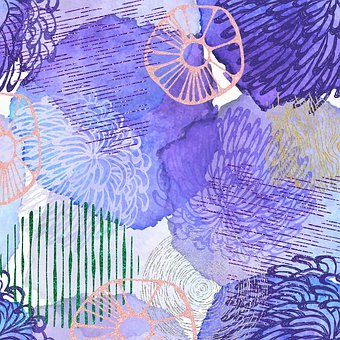In recent years, natural disasters such as earthquake, tsunami and hurricane have occurred more frequently while suicides and mental problems have become more widespread. Increasingly, people come to realize how fragile life is and begin to focus more on the subject of life and death, which everyone must face eventually. To the majority, death is a very heavy topic as it signifies great fear and trouble. But there is no escape from death, no matter what. Understanding what death really is can help us not only quash fear toward death but also find the opportunity to be free from death completely.
~Depicted from THE HANDBOOK FOR LIFE'S JOURNEY - On Death And Rebirth-What Life Truly Is











